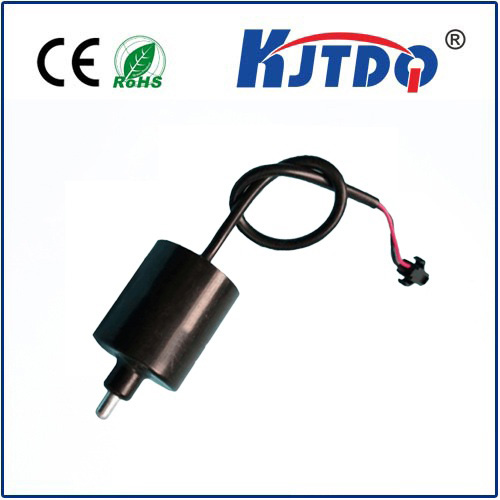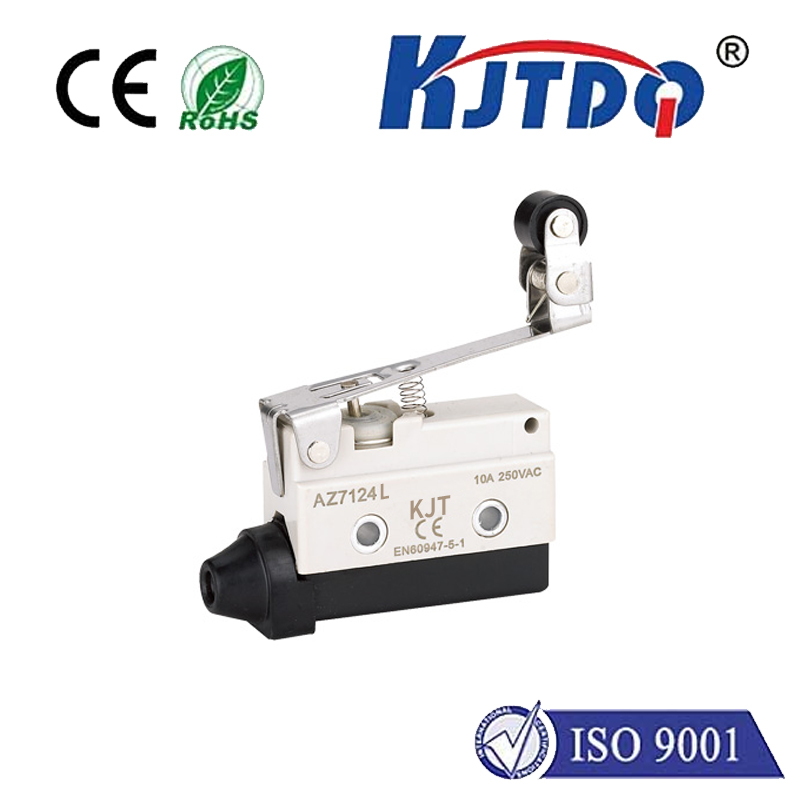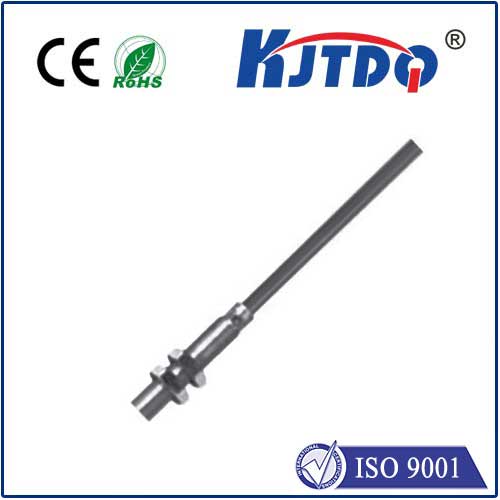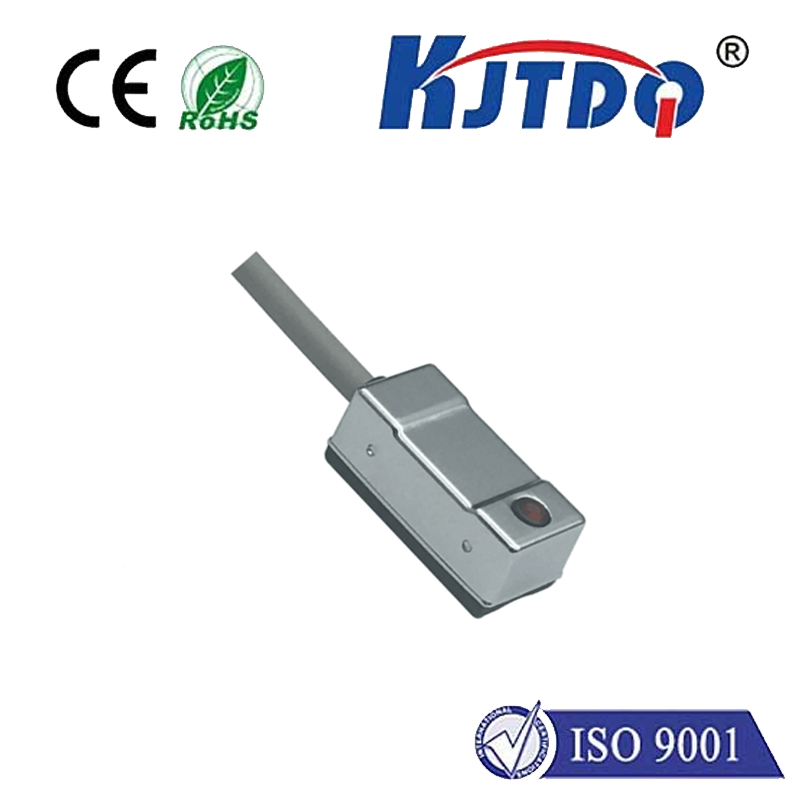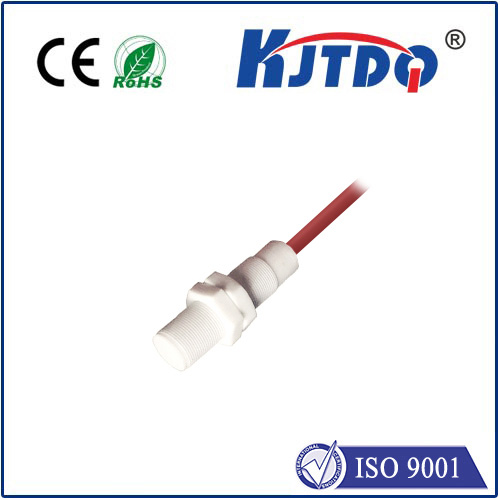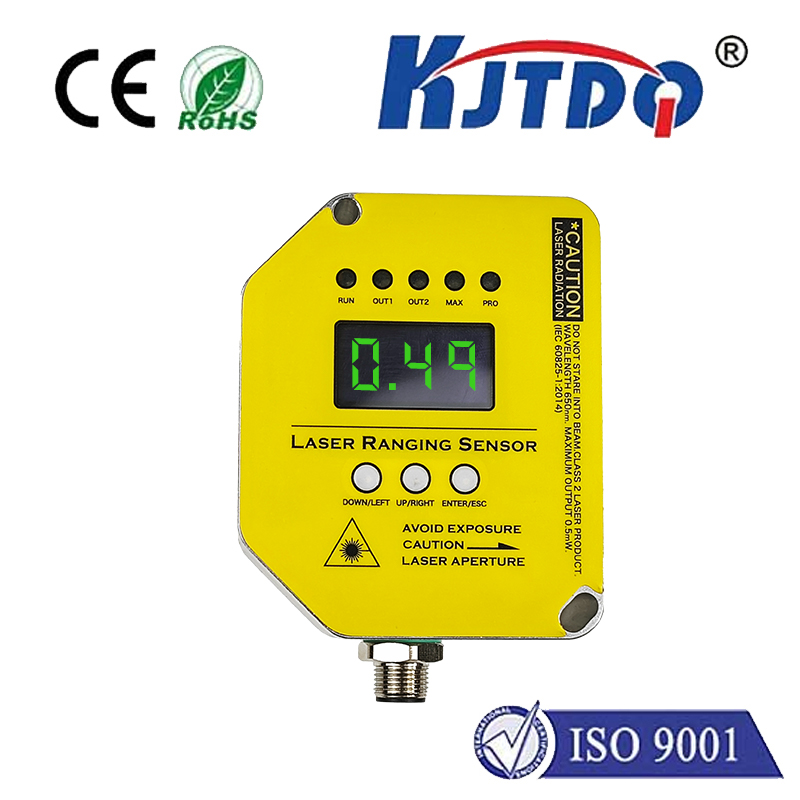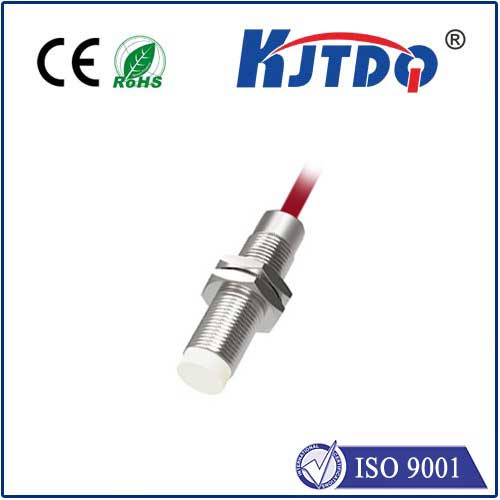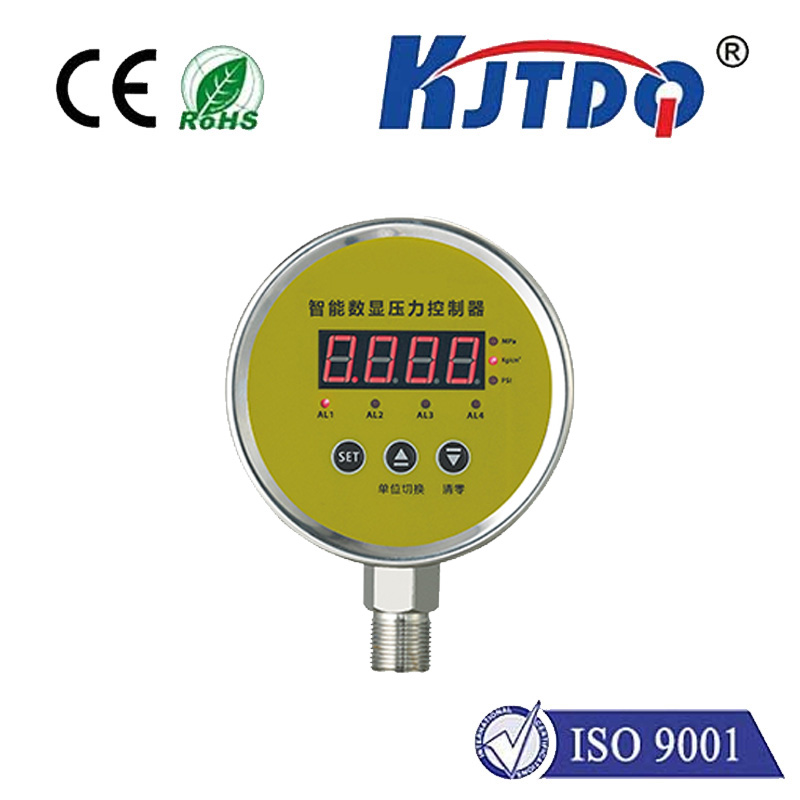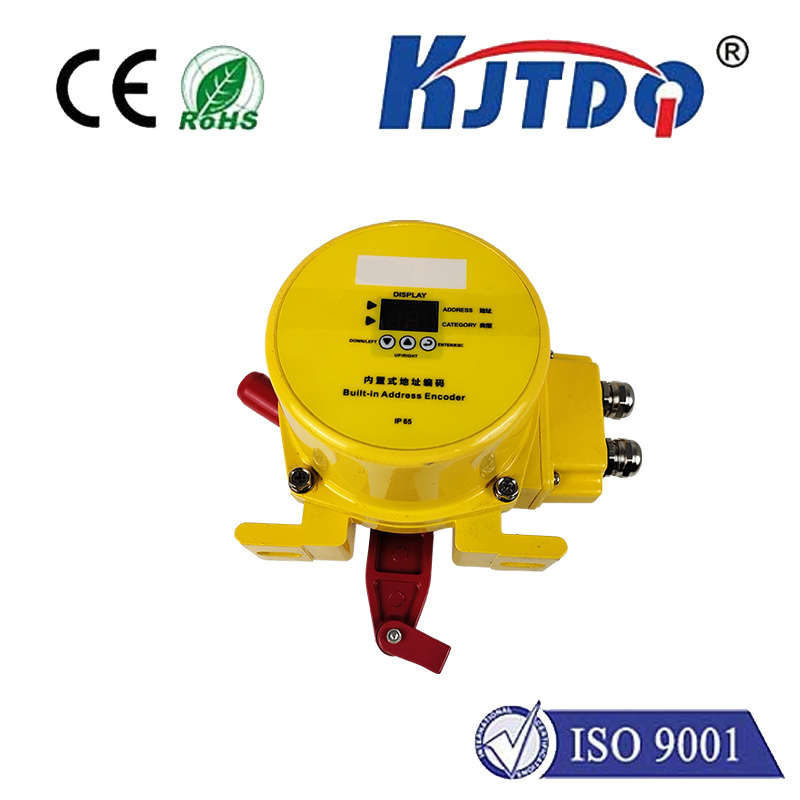
check

check

check

check
The Importance of Thermal Sensors in High Power Laser Applications
High power lasers, due to their ability to concentrate large amounts of energy into tiny spots, have become indispensable tools in various industries. However, the high-power output also leads to significant heat generation that can cause thermal damage and affect the performance and reliability of the laser systems. As a result, it is crucial to monitor and control the temperature inside these laser systems. This is where thermal sensors come into play.

Thermal sensors are devices used to measure temperature changes in real-time. They work on the principle of converting temperature changes into an electrical signal that can be interpreted by a microcontroller or a computer system. With the help of thermal sensors, it becomes possible to monitor the temperature of high power laser components and take proactive measures to prevent potential thermal damage.
One common type of thermal sensor used in high power laser applications is the thermocouple. Thermocouples are made up of two different metals joined at one end and exposed to the environment at the other end. When there is a difference in temperature between the two ends, a voltage is generated, which can be measured and recorded. This voltage is then converted into temperature readings using specific calibration curves.
Another popular choice for thermal sensors in high power laser applications is the thermistor. Thermistors are resistors whose resistance changes with temperature. They are typically more accurate than thermocouples but have a slower response time. Thermistors are commonly used in situations where precise temperature measurements are required over extended periods.
In addition to thermocouples and thermistors, other types of thermal sensors such as infrared sensors, pyrometers, and fiber Bragg grating sensors can also be used depending on the application requirements. Each type of sensor has its advantages and disadvantages, and selecting the right one depends on factors such as accuracy, response time, cost, and environmental conditions.
In conclusion, thermal sensors play a vital role in ensuring the safe and reliable operation of high power laser systems. By continuously monitoring temperature changes and taking appropriate corrective actions, thermal sensors help to prevent thermal damage and extend the lifespan of the laser components. Therefore, it is essential to select the right type of thermal sensor based on the specific application requirements to achieve optimal performance and reliability.
